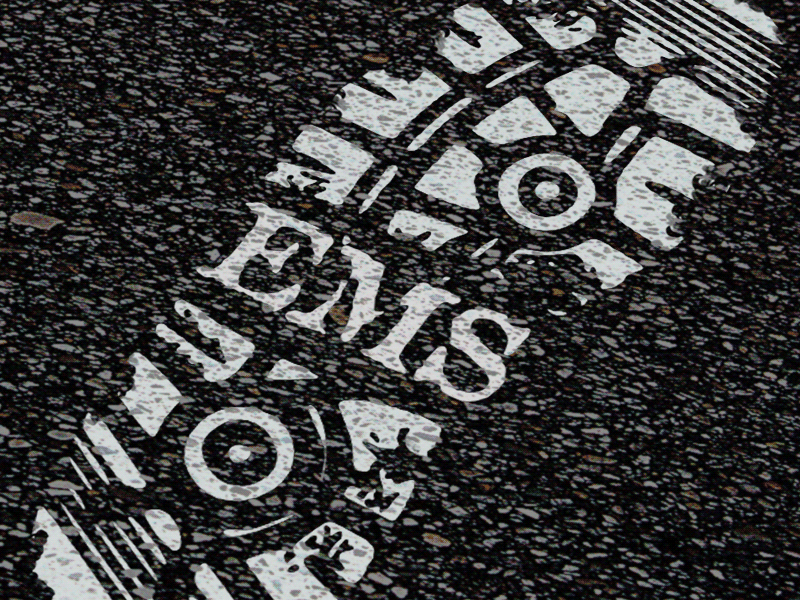What’s Your EMS Agency’s Customer Service “Footprint” Look Like?
“Footprint?”
Whether you realize it or not, the EMS agency you serve has a very important “footprint” that is left behind following every patient encounter. It’s the Customer Service “footprint.”
 It’s the impression that is left behind in the eyes of the patient, his/her family and/or the people that surround him including, by extension, facility staff and those in the overall care loop.
It’s the impression that is left behind in the eyes of the patient, his/her family and/or the people that surround him including, by extension, facility staff and those in the overall care loop.
This footprint is very important as it ultimately becomes how your agency represents and labels you to the communities you serve.
Let’s take a look at the three areas that make up our EMS agency footprint.
Intake/Front End
The very first encounter outsiders have with your agency is when the phone rings, so the call intake portion at the front end of your process is extremely important for setting the tone of what your agency’s customer service footprint looks like.
If your agency is a 9-1-1 provider, this is beyond your control- or is it?
As an administrator, have you met recently with the persons in charge at the 9-1-1 center to take a look at what they do for you? Sometimes simple dialogue can help each side understand each other better, plus it opens up channels for you to examine how your agency is being represented to the public.
If your agency handles routine, non-emergency transports it’s likely you maintain a separate call intake avenue outside of the 9-1-1 system. Most likely you are using your own or contracted staff to provide call intake services.
Here’s where your agency’s customer service footprint is crucial.
Not only does call intake drive your agency by pulling in work on any given day, but the encounter experienced by the patient may dictate whether or not your agency is used by the patient for future transports.
Plus your call intake staff helps with all phases of the transport scenarios by obtaining vital information that is helpful to your street staff all the way through the back end of your process, flowing to the billing office and collection success.
Street Presence- Reacting and Interacting
Administrators… How are your crew members representing your agency? Do you know?
EMS providers… How are you representing your agency? Do you care?
Notice we’re addressing two groups of people here. It’s important that as an administrator, you have boots on the ground in some form in order to have a handle on how your crews represent your agency out there where it happens.
As EMS providers, you and your partner must remember that your agency’s reputation and ultimately your reputation rests on your shoulders and how the patient public sees you react and interact.
How do you look today? What are you saying today? If you love your job, show it by treating people with the same caring mannerisms you’d want someone to treat you with if you were the one lying on the stretcher.
If you hate your job, find another one. Administrators, find those who hate their jobs and help them find a new job. There’s no room in EMS for providers who take out their job frustrations on the patients they serve. Short staffing aside, miserable people can ruin your organization both inside and outside.
Closing the Loop- The Back End
The run’s completed and your patient has been delivered to his/her destination.
How is your agency represented by the office, following the run? Specifically, since this is a blog centering on EMS billing; how is your agency represented by the billing office?
Whether your agency maintains its own hired staff for billing or you use an outsourcing agent for the task, once again the footprint impression left in the minds and perceptions of the patients you serve is held in the hands of the person who answers the phone and guides your patient through the billing process.
Staff members who practice good phone etiquette and are trained in being professional and courteous will win the day for you. As an EMS billing outsource company, we argue that professional customer service trained individuals who do nothing but this all day long can paint a positive footprint for your agency. These people must be adept at problem resolution, have a high level of compassion and knowledge and understand all phases of EMS billing.
Your patient callers will know if your phones are being answered by the same person who is doing call intake and has three lines on hold. Again, that all important footprint and the impression it leaves behind can spell the success or failure of your organization.
The Right Step
Now it’s time to take some steps to adjust your agency’s footprint. Do the following…
- Review- take a good look at the footprint impression your agency leaves behind at all levels.
- Analyze- identify the good footprints and the bad footprints for your organization. Survey, ask your patients questions, test and measure
- Act- excise the parts that leave a negative footprint, replace and retool where possible but also reinforce the areas that are working.
- Consider outsourcing and consulting- there’s someone out there that can make you look better!